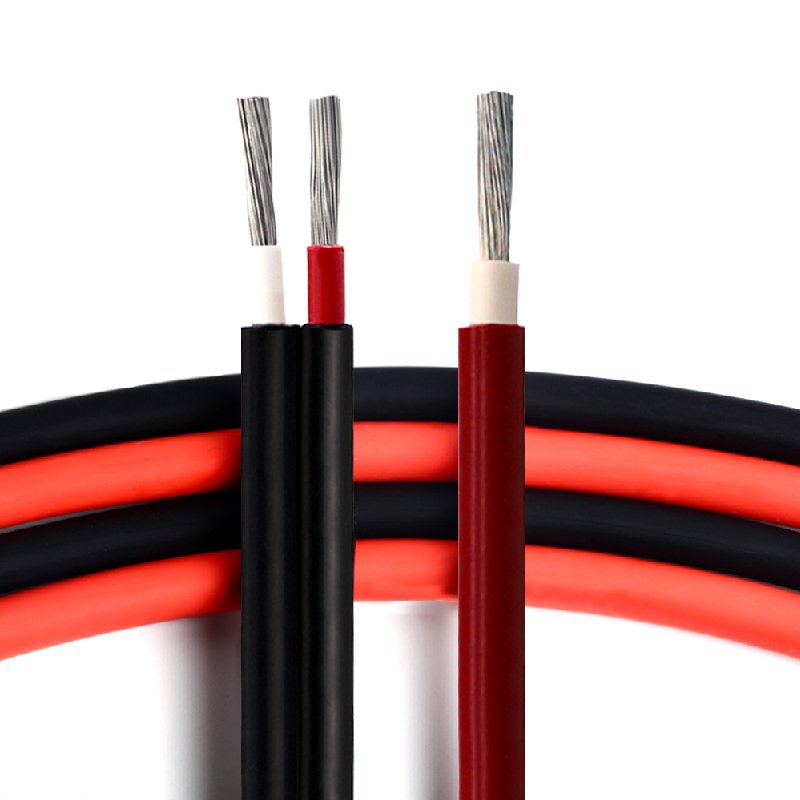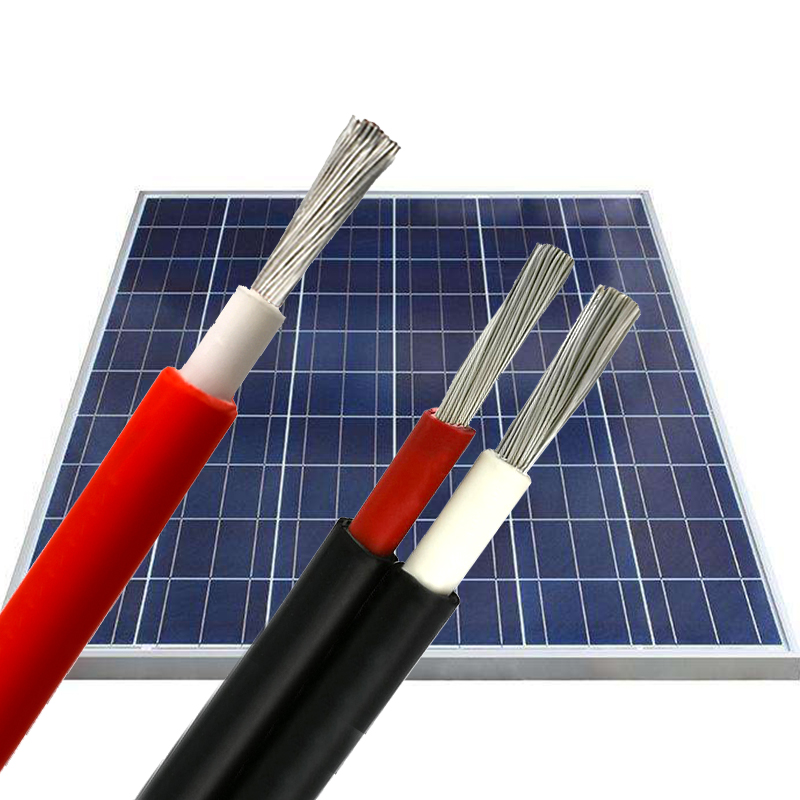 Author: Joey Wan
Author: Joey Wan  June 26,2022
June 26,2022
Solar panel wiring is a fundamental topic any solar installer should know. It is important to understand how the PV cables are connected and how they will affect the current on the panel, the voltage and the power output of the final array so you can choose the correct power rating inverter and ensure that the system is operating at its maximum potential.
Two common conductor materials for photovoltaic cables used in residential and commercial solar installations are copper and aluminum. Typically, photovoltaic cables need to be resistant to UV rays, extreme temperatures and weather conditions. Photovoltaic cables interconnect the solar panels and other electrical components of the photovoltaic system. Specific requirements for materials used to wire solar panel installations are given in national and local electrical codes that regulate electrical installations in a region. Photovoltaic cables can be solid or stranded, where the stranded wire consists of many thin wires that give the photovoltaic cable flexibility. This type is recommended for larger sizes. The current tends to flow on the outside of the PV cable, so the stranded wire is slightly more conductive because the surface of this PV cable is more conductive.


When a junction box is used for connecting photovoltaic cables, the MC4 and MC5 connectors are usually used to connect to the other solar panels of the array. A good junction box will prevent or keep corrosion to a minimum at the leads. When buying solar modules, it is important to check the IP rating of the junction box, because if it is not waterproof then it can short out and damage the entire series of solar modules connected to it.
PV cables for modern solar modules tend to use MC4 connectors as they make wiring the solar array much simpler and faster. Connectors come in male and female styles and are designed to snap together. They meet the requirements of the National Electrical Code, are UL listed, and are the preferred connection method for electrical inspectors. Due to the locking mechanism of the MC4 PV connectors, they cannot be pulled out, making them ideal for outdoor environments. The connector can be separated, but requires a special MC4 unlocking tool.
Above is the all about " If the MC4 connectors is necessary for wiring photovoltaic cables and solar panels, ", I hope it can help everyone! It is recommended to continue to pay attention to China TOP5 solar cable and MC4 connectors manufacturer JZD Cable to learn more about wire and cable information.
